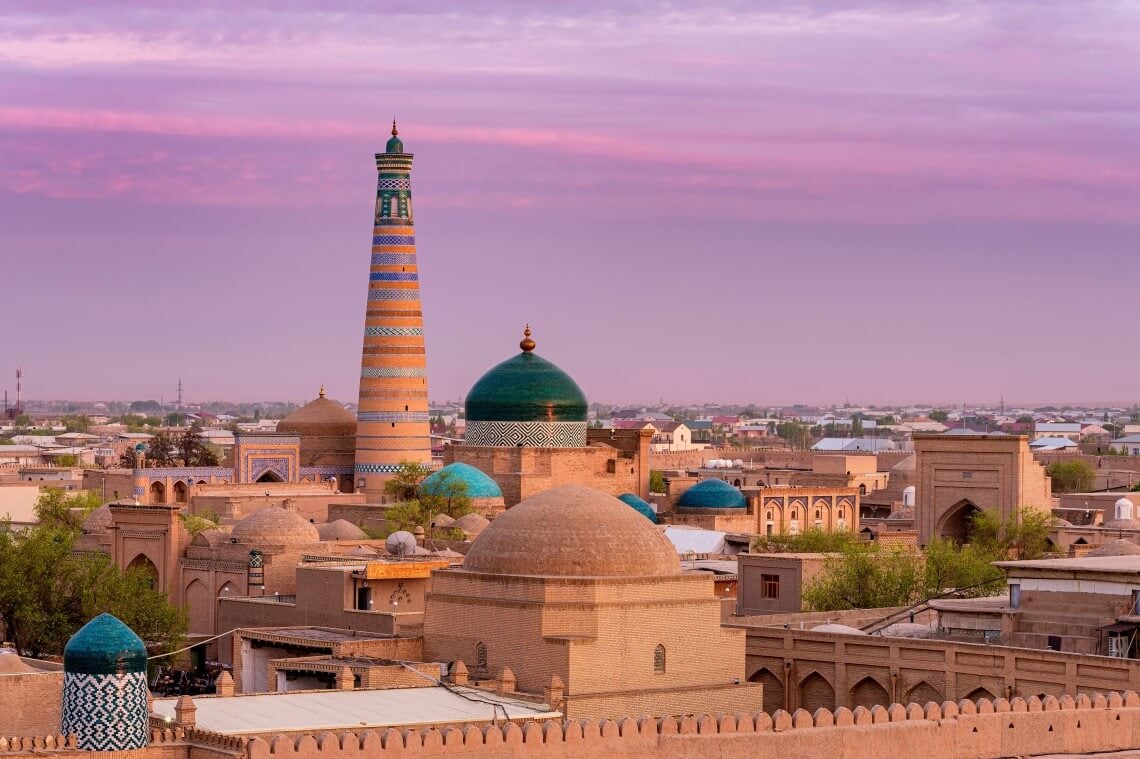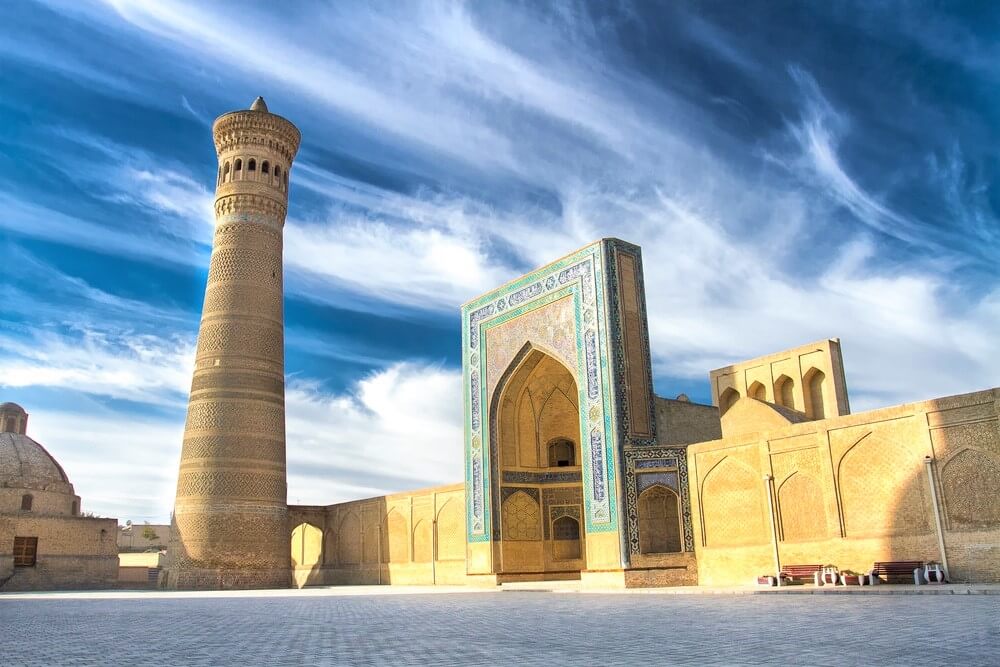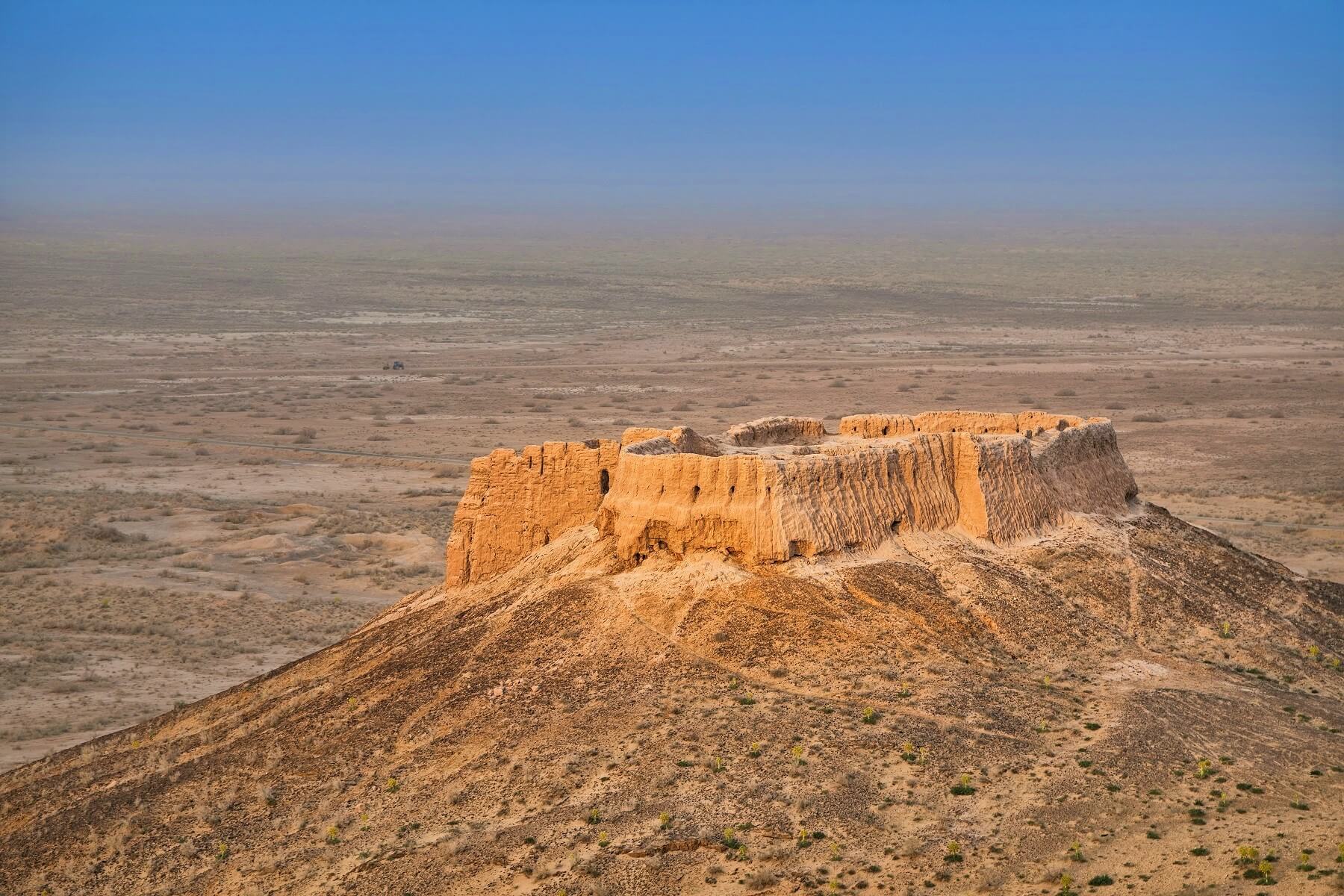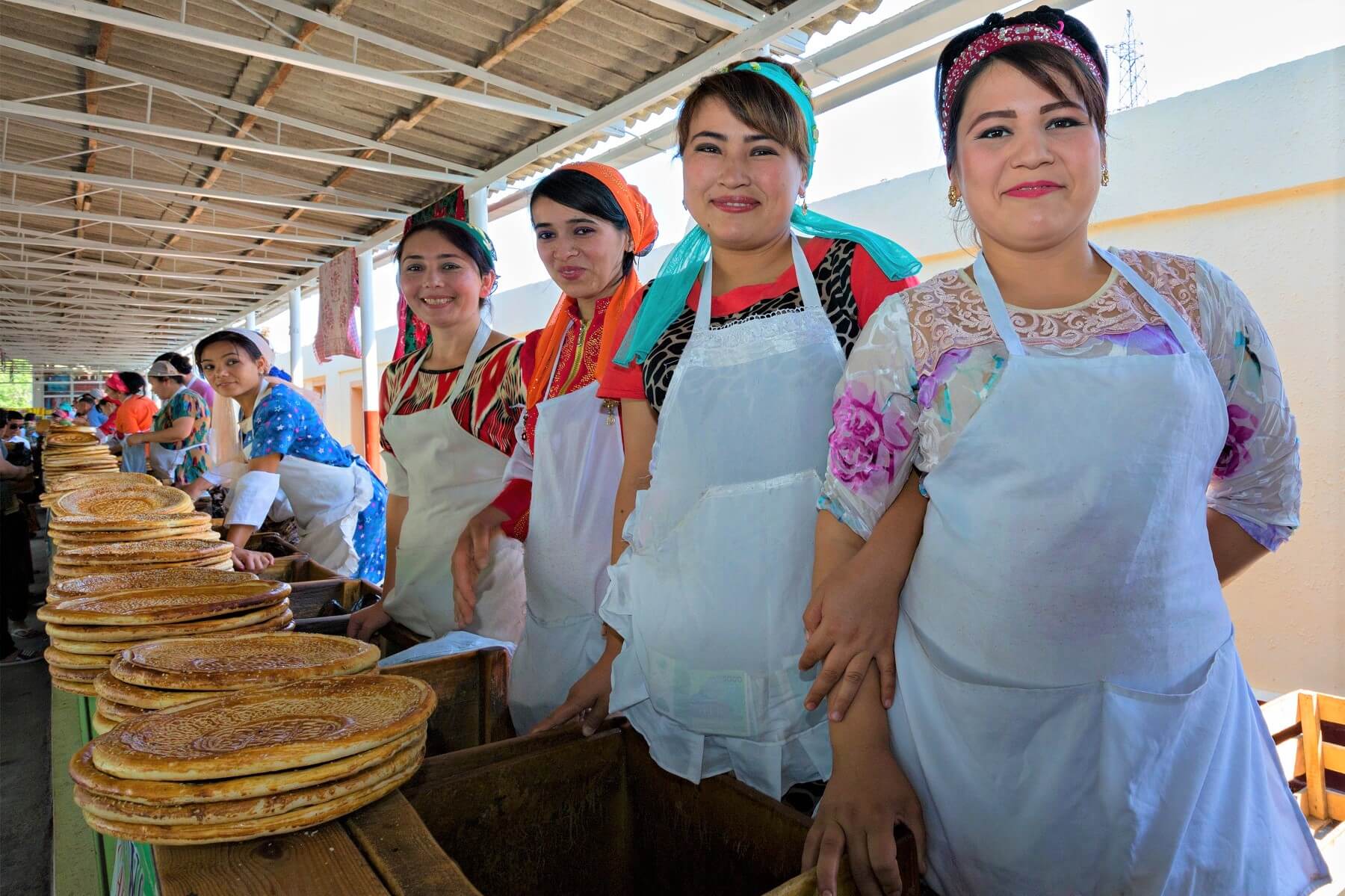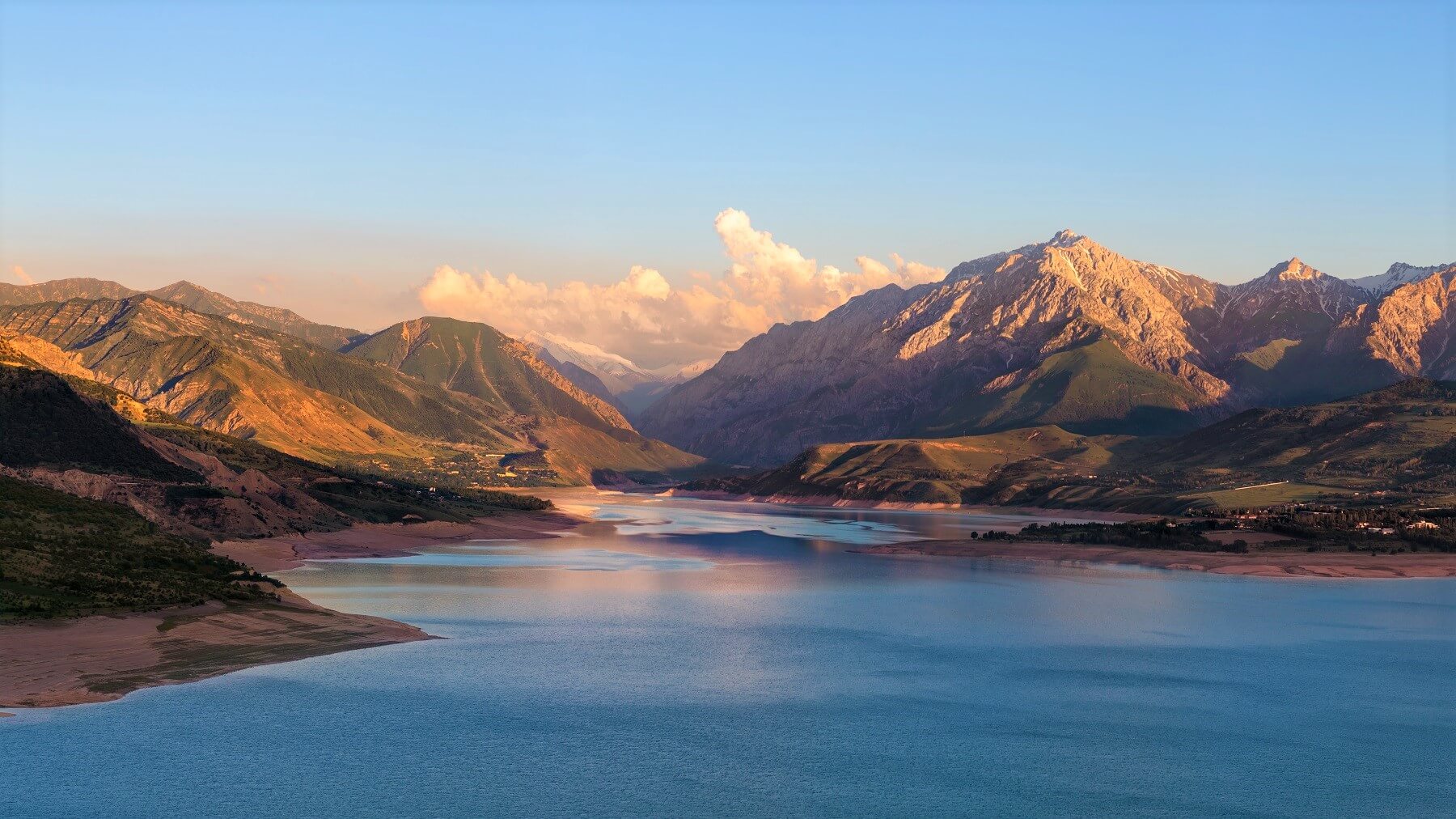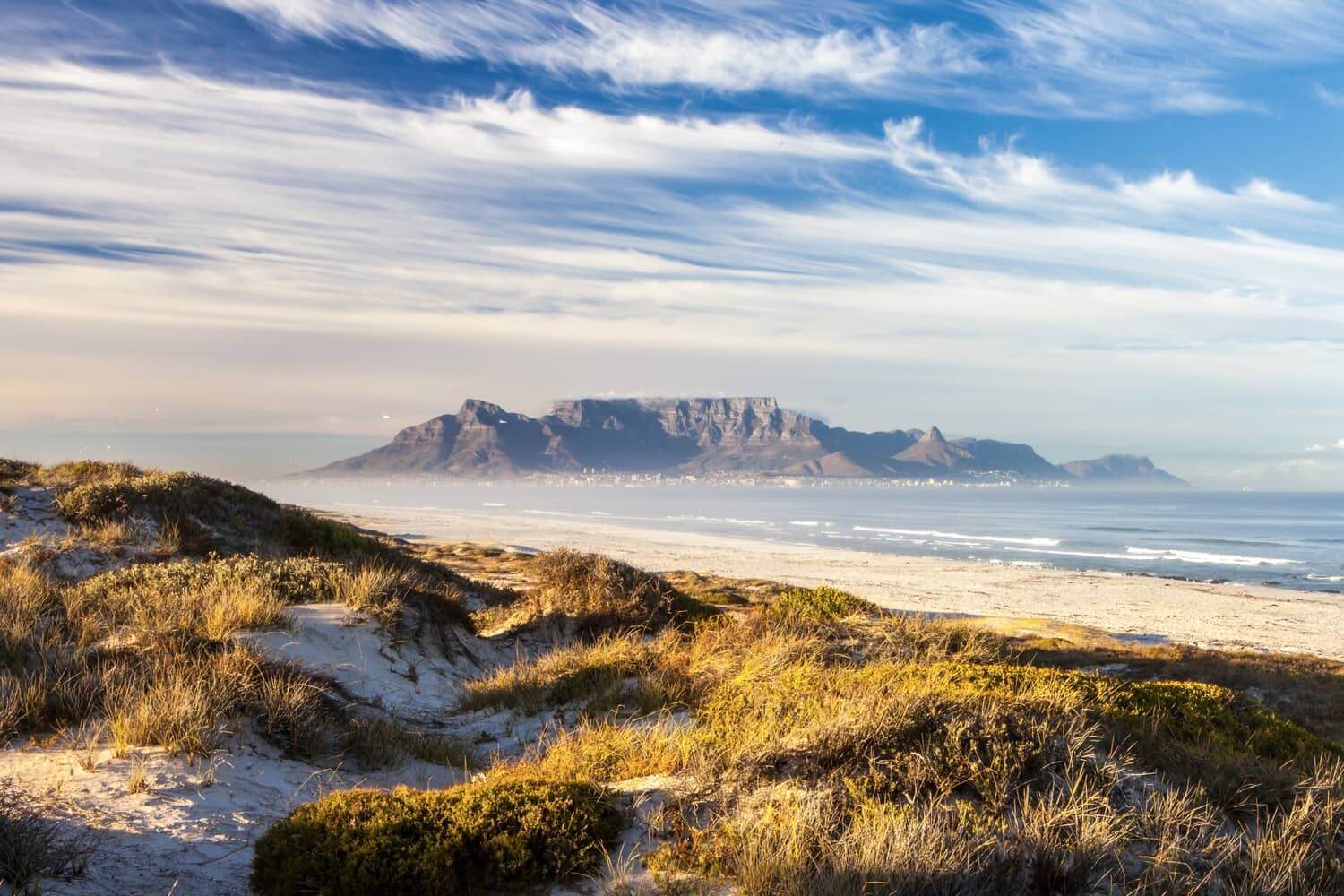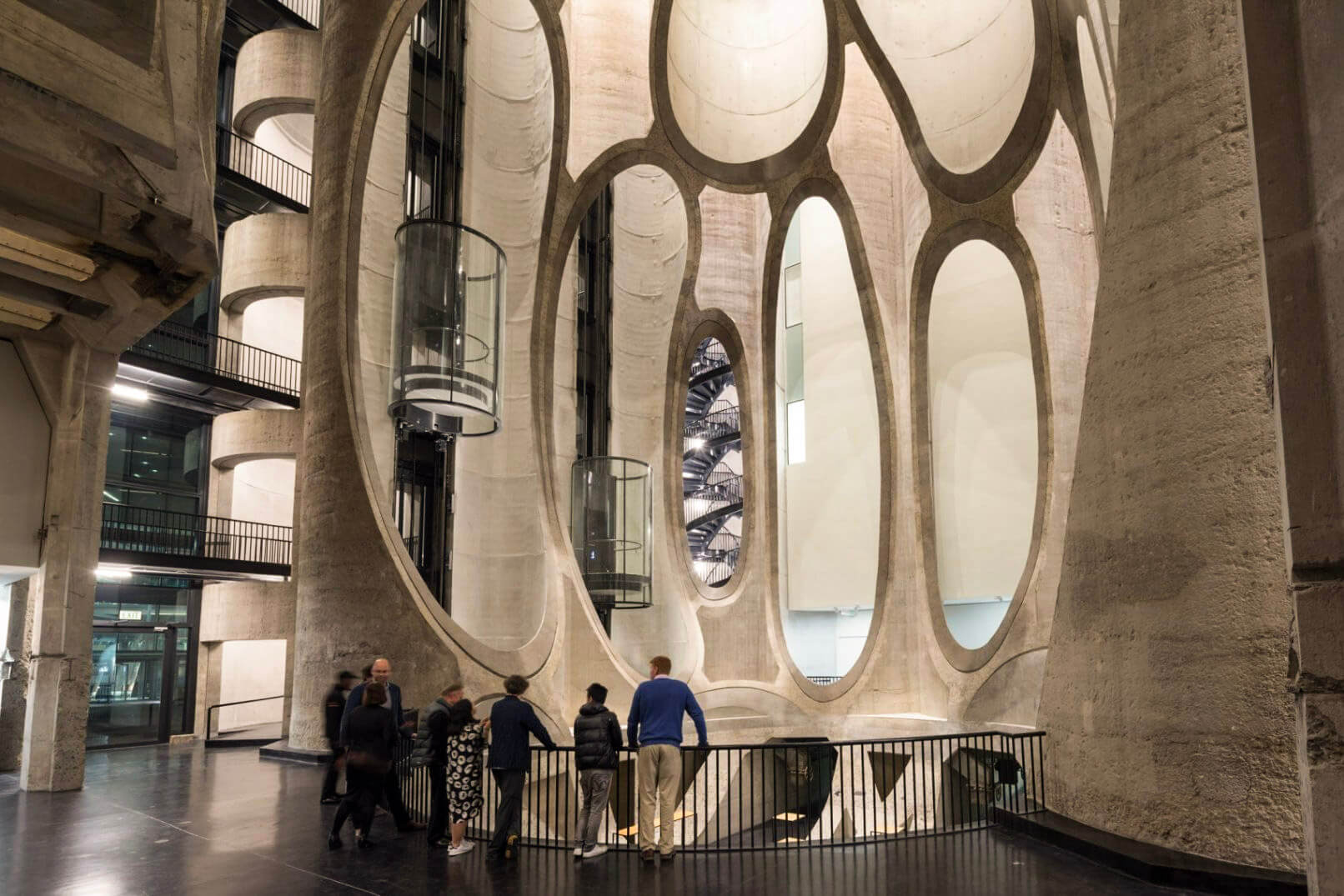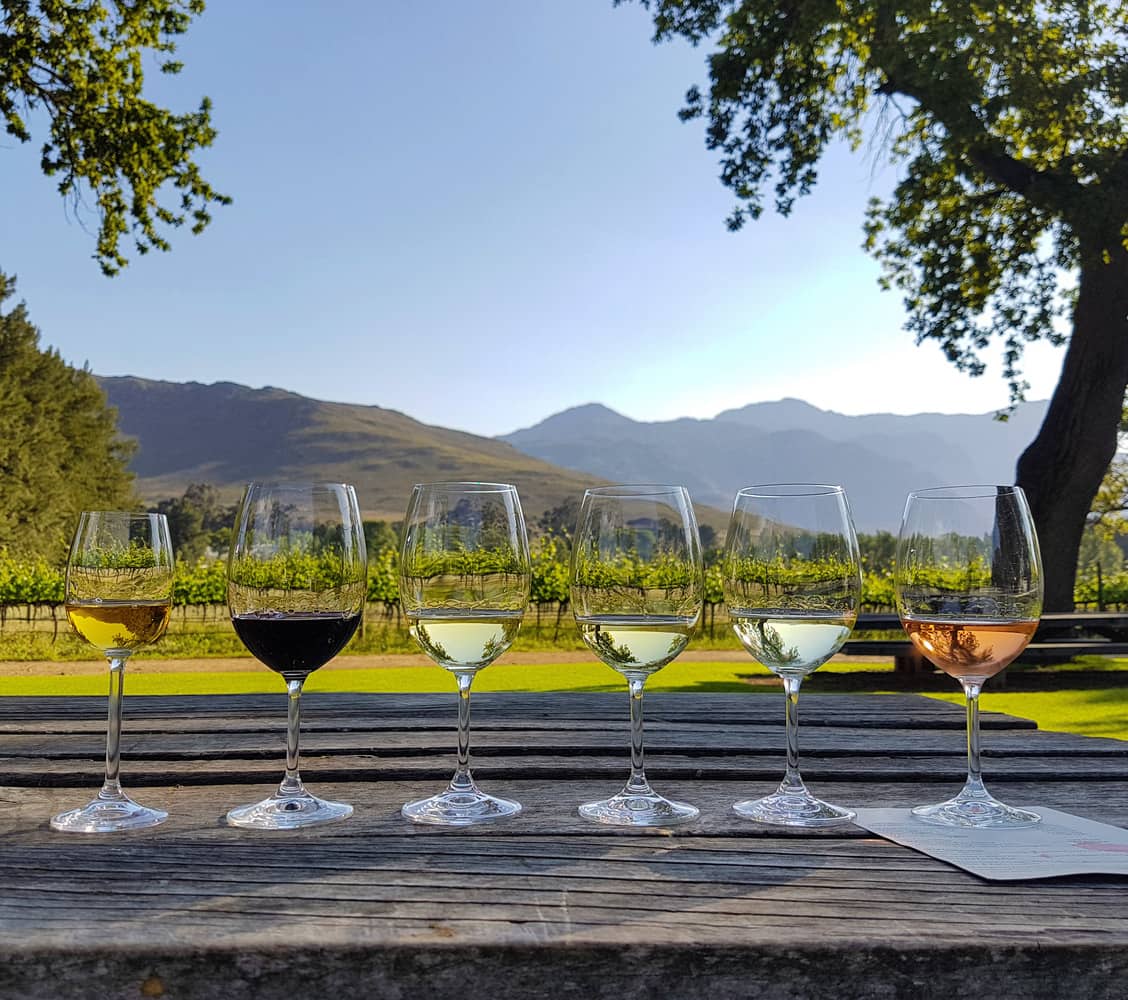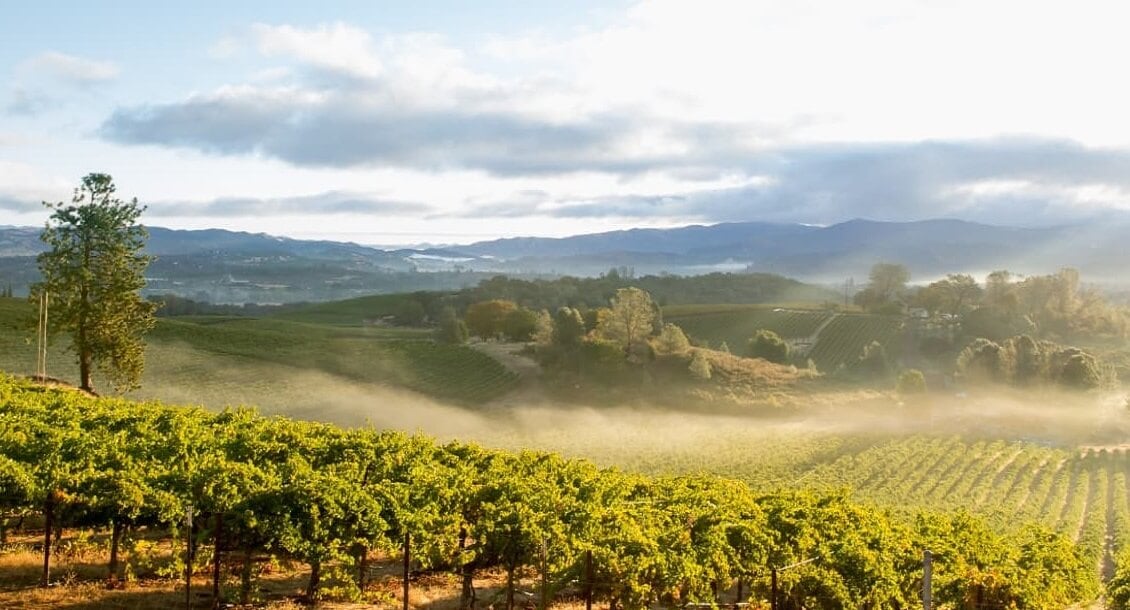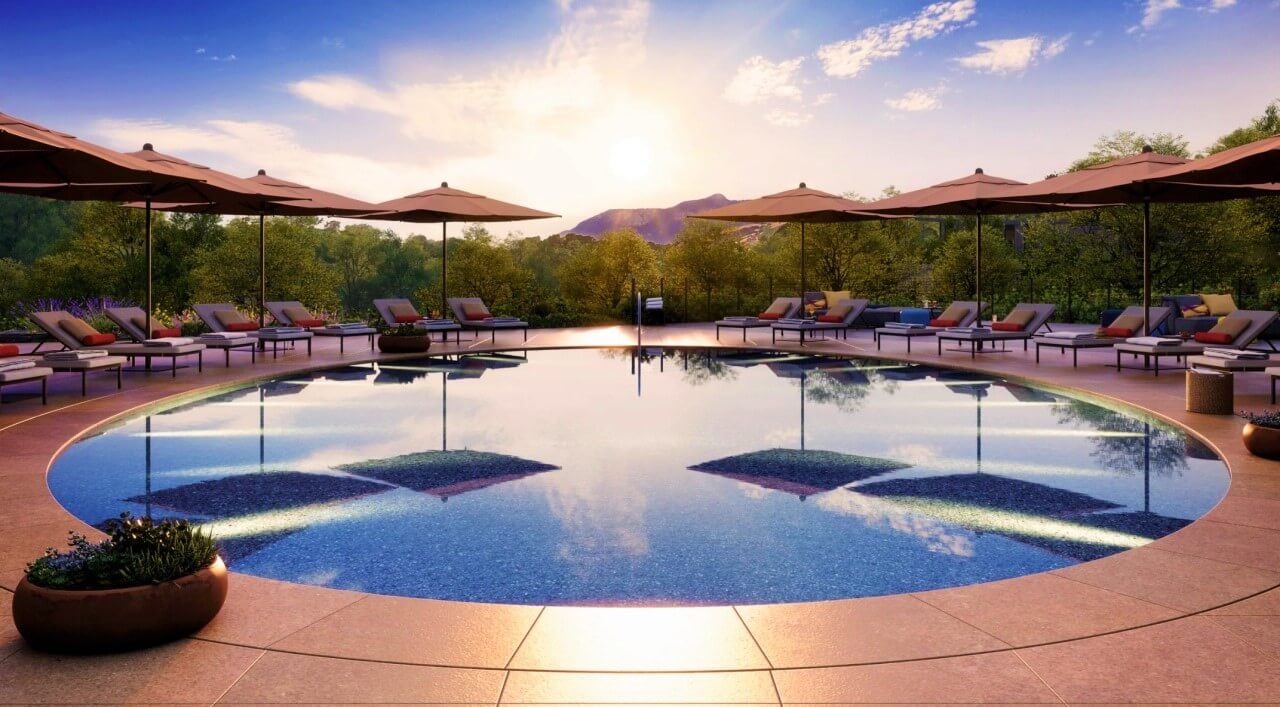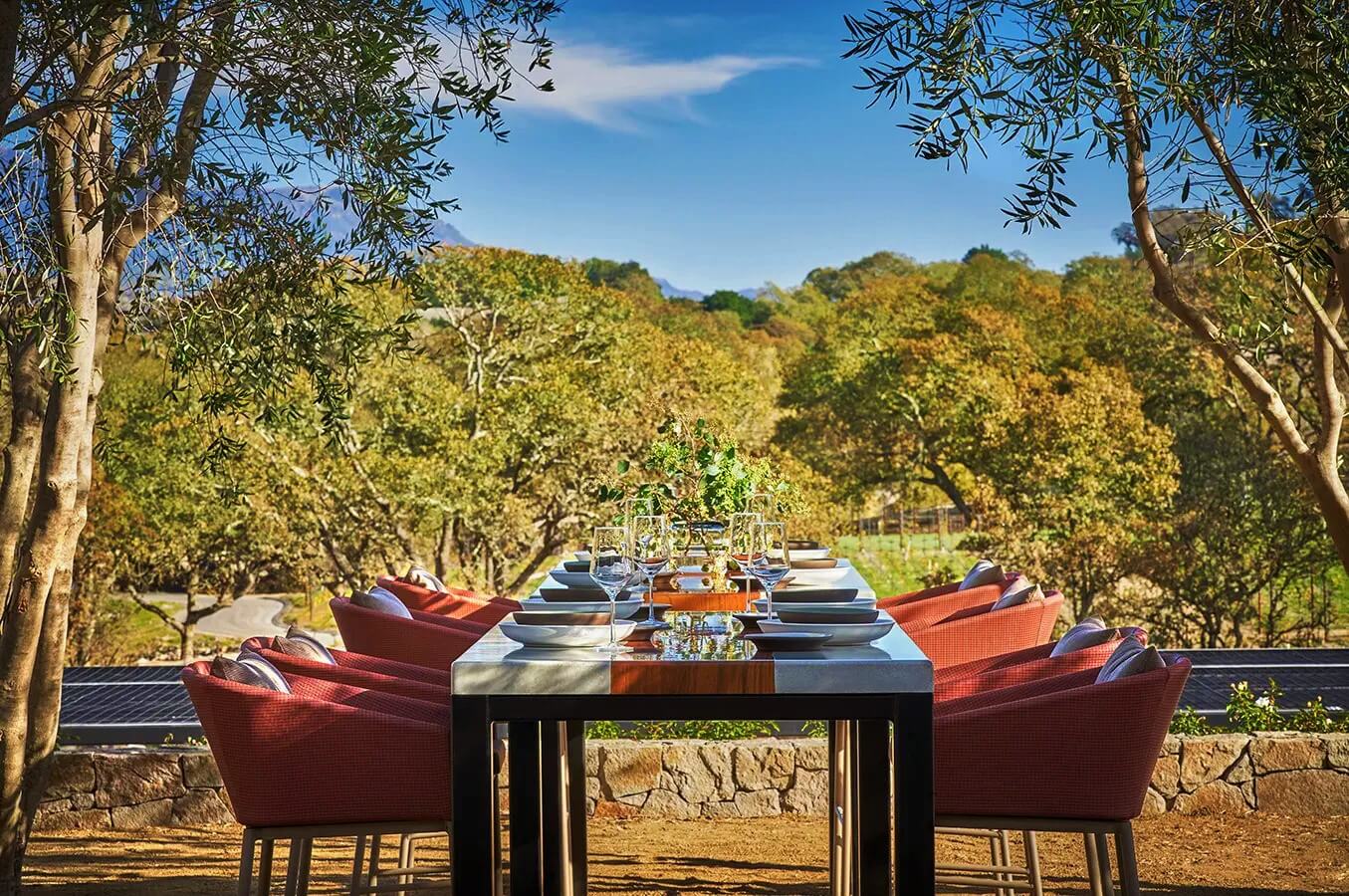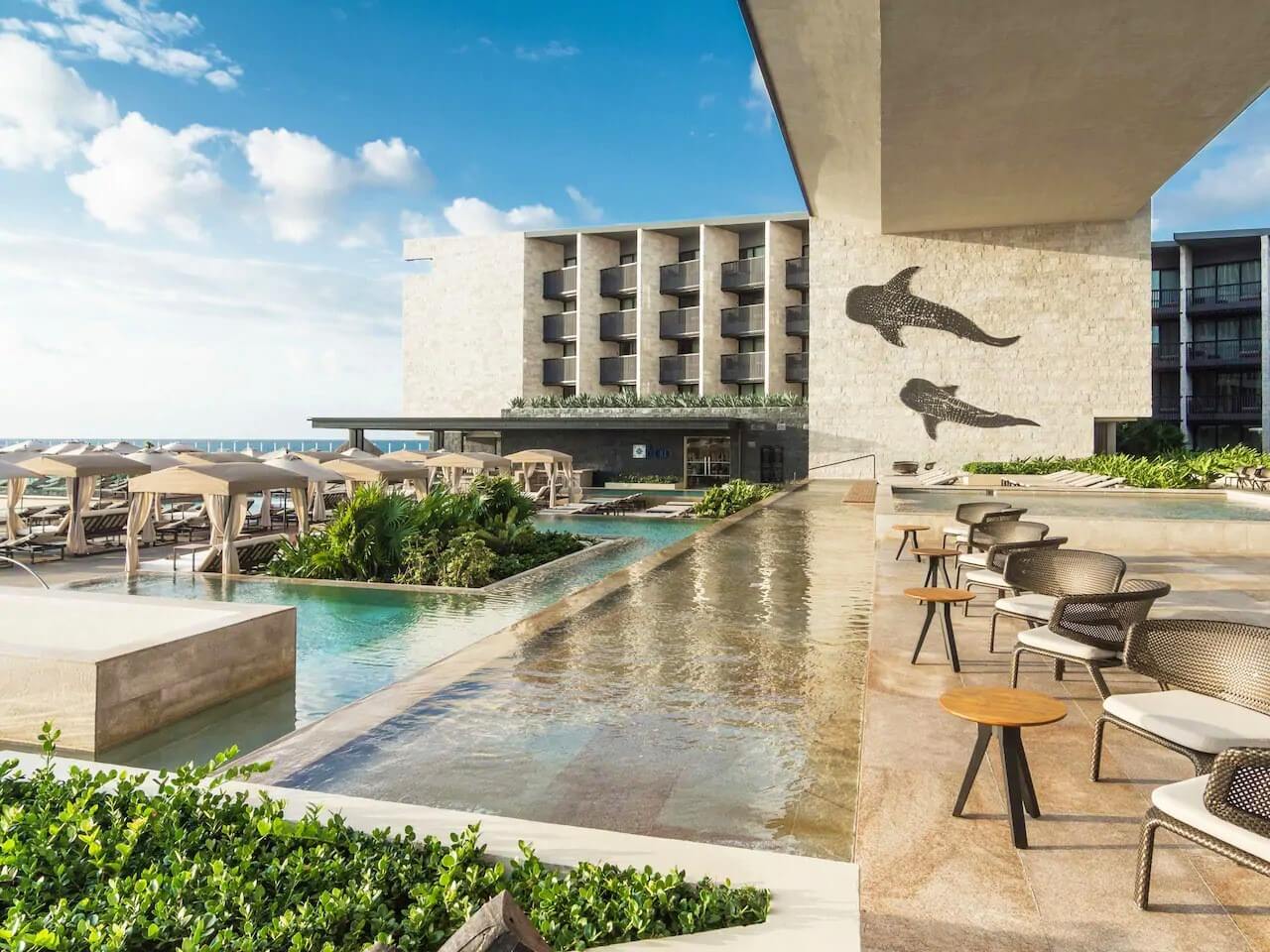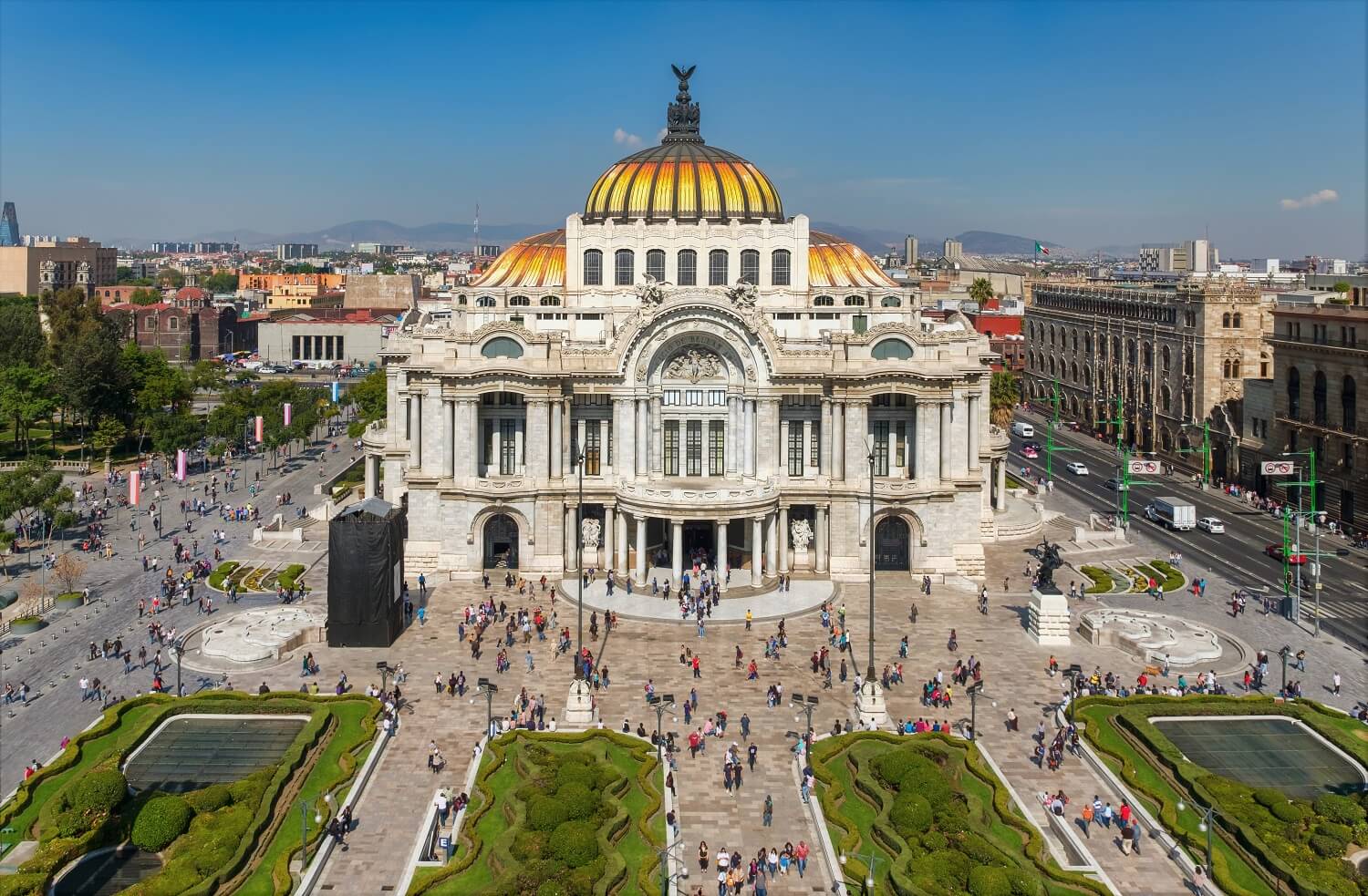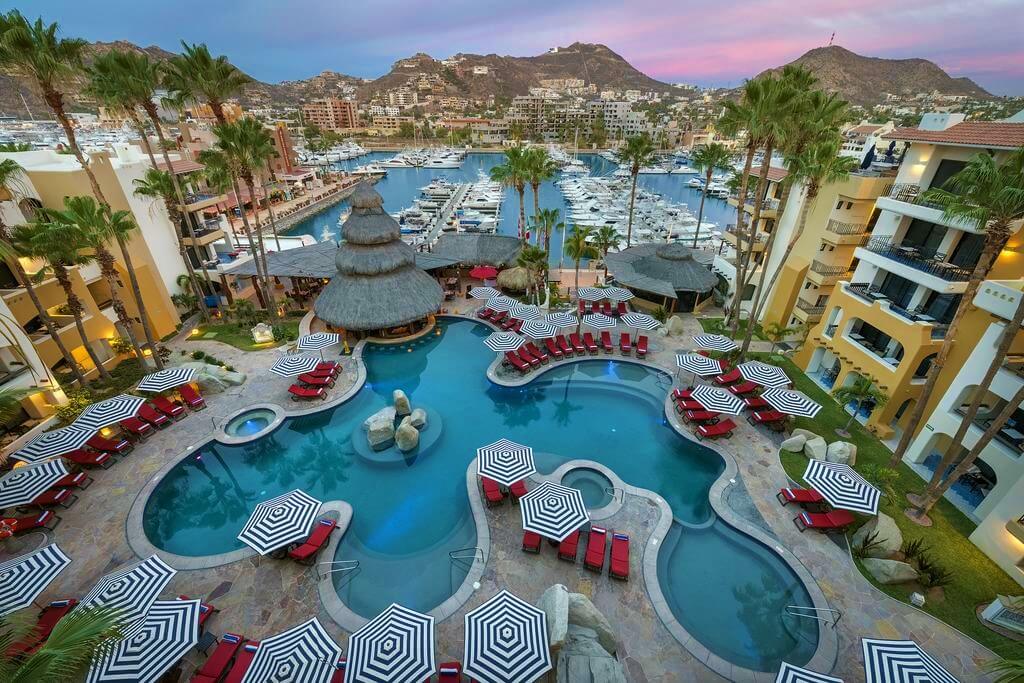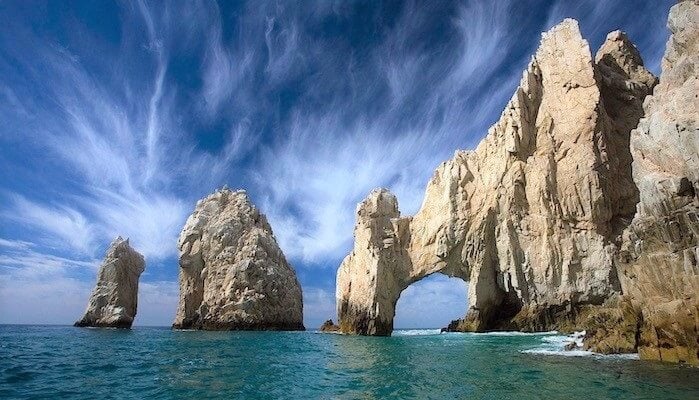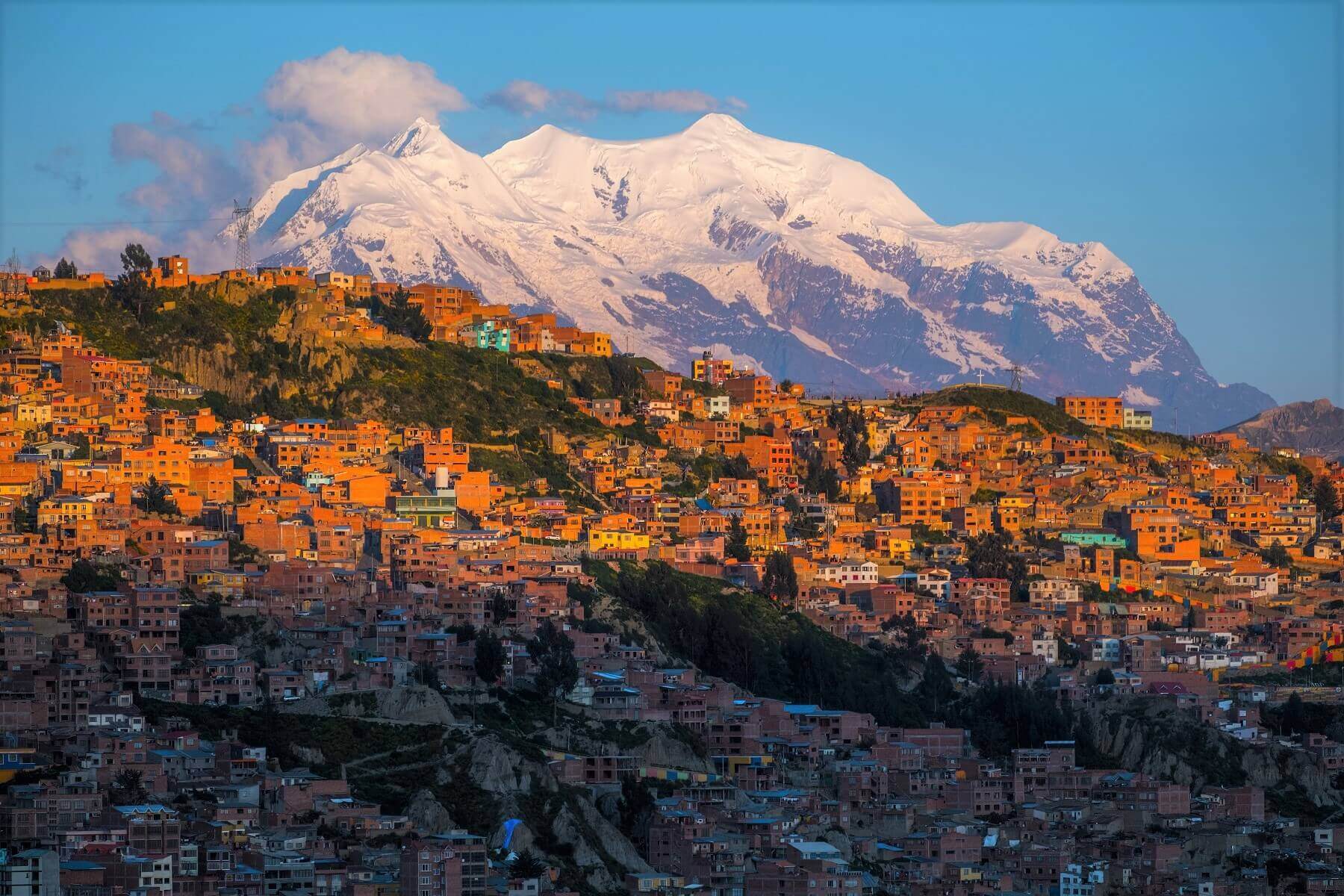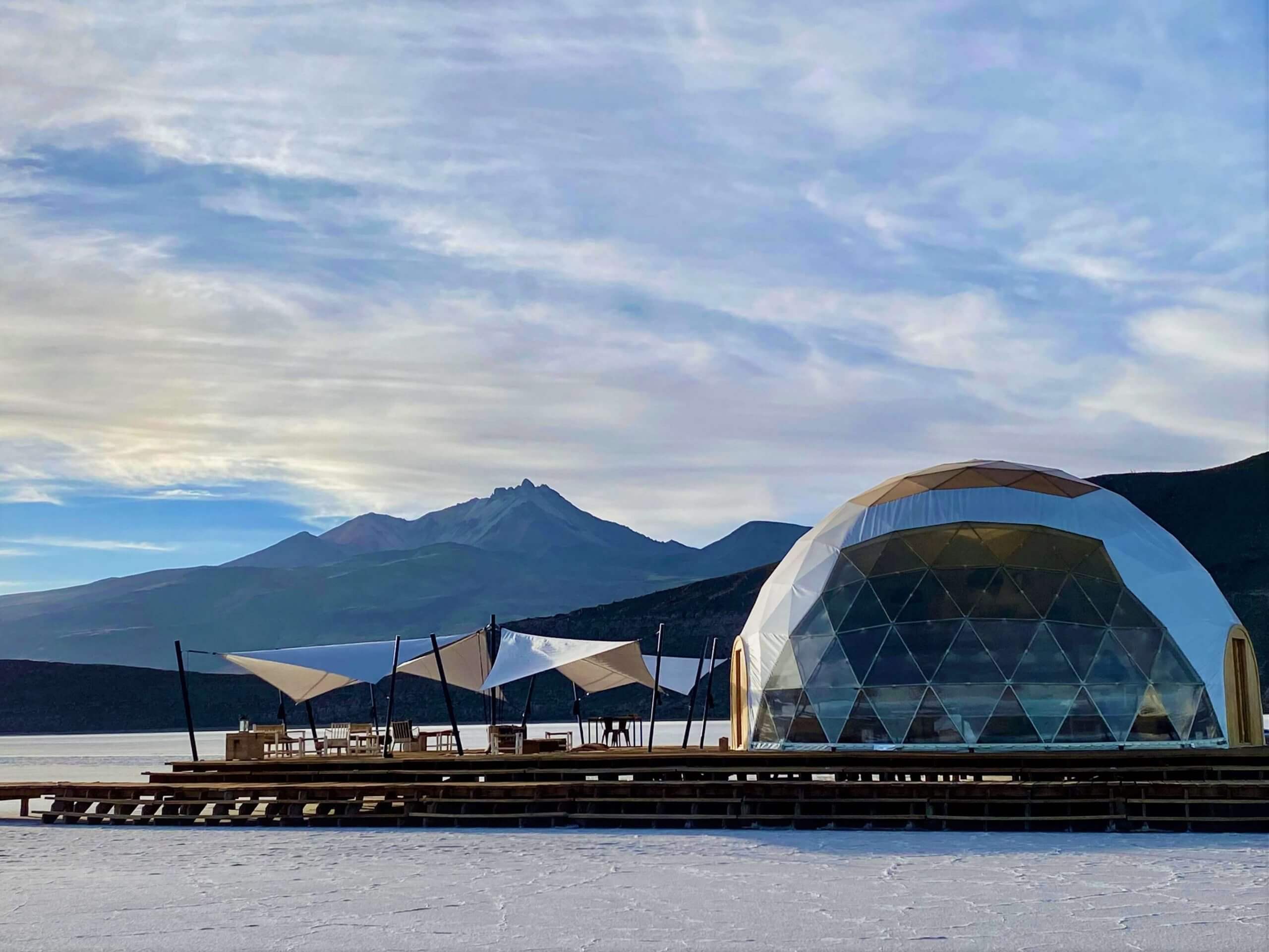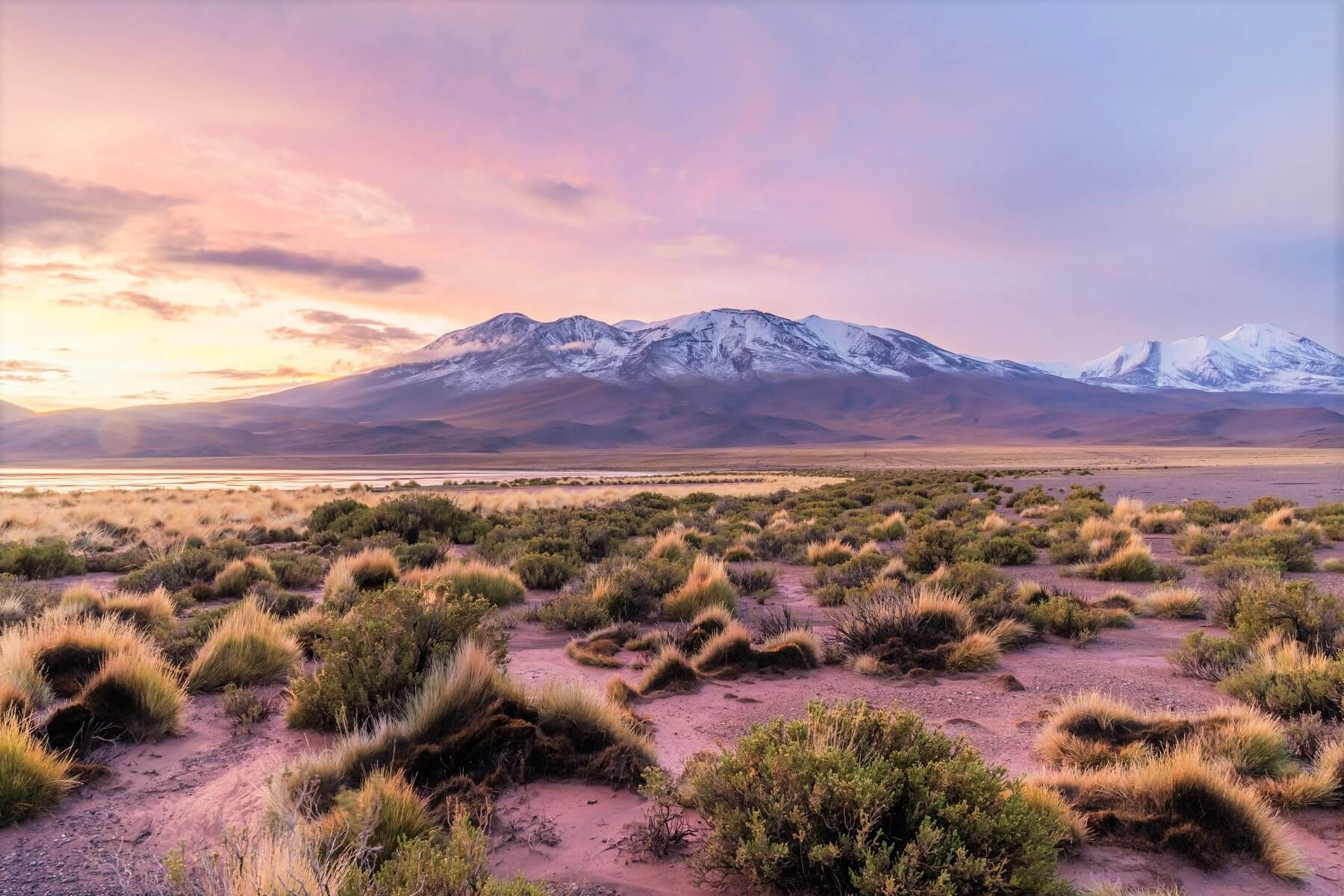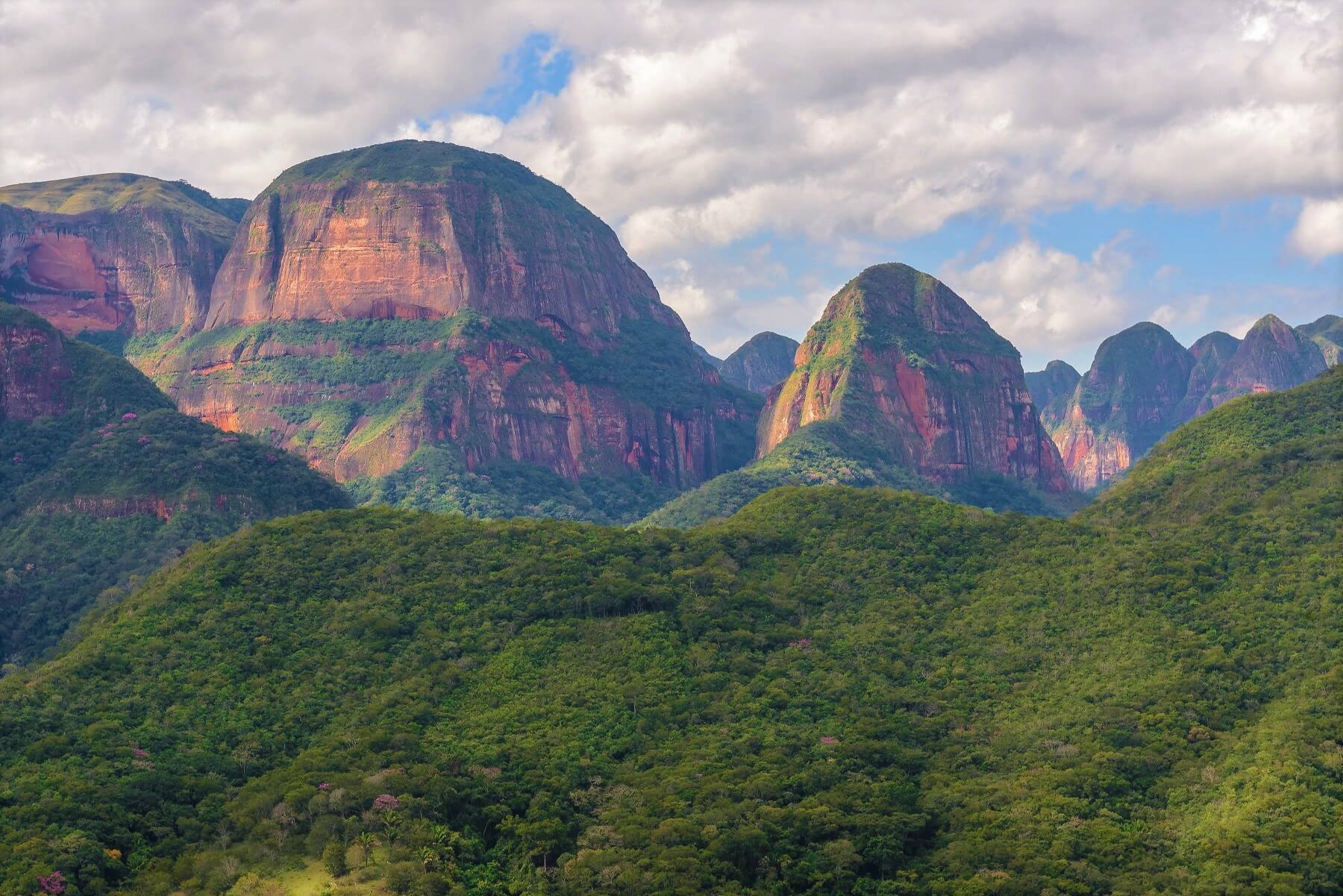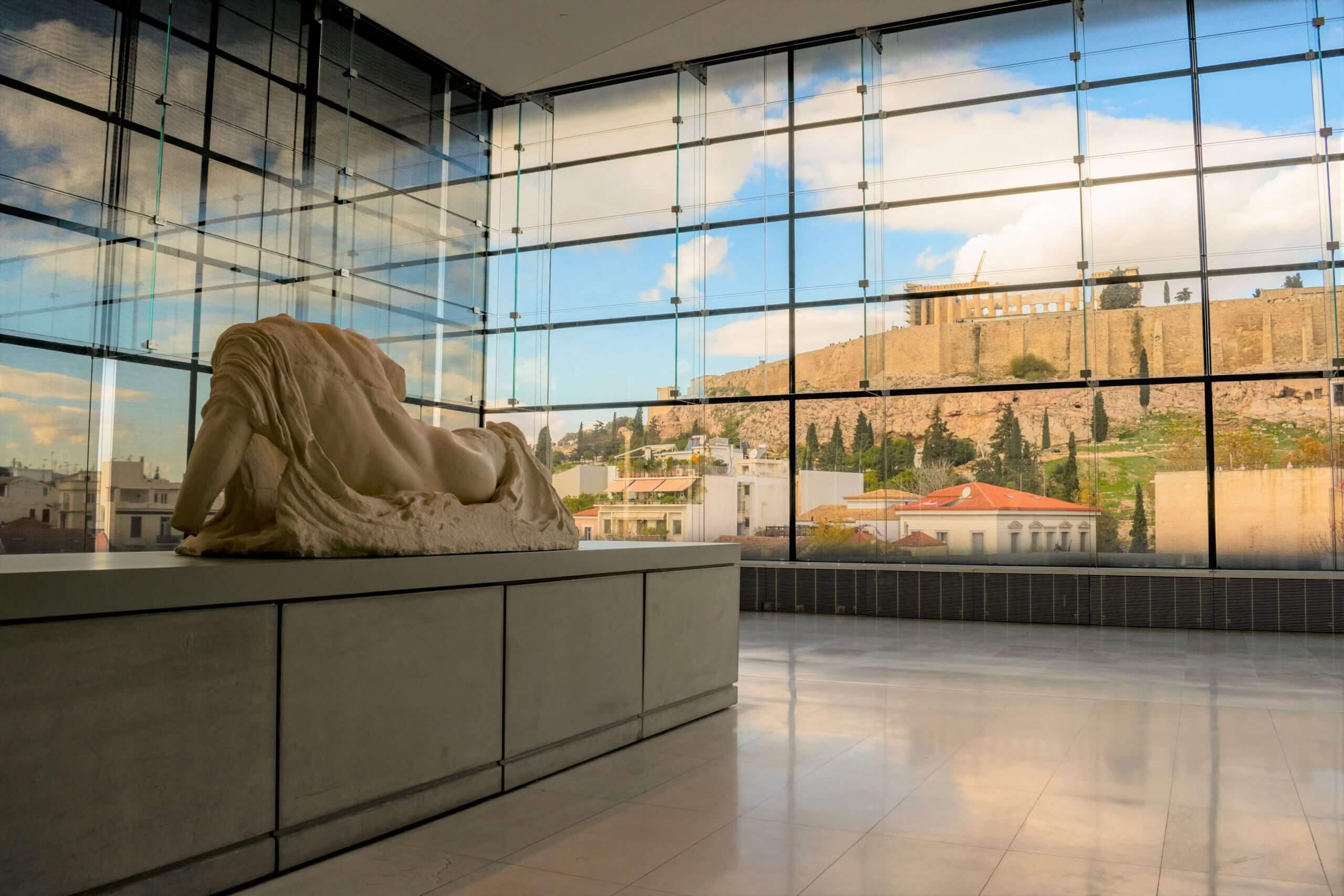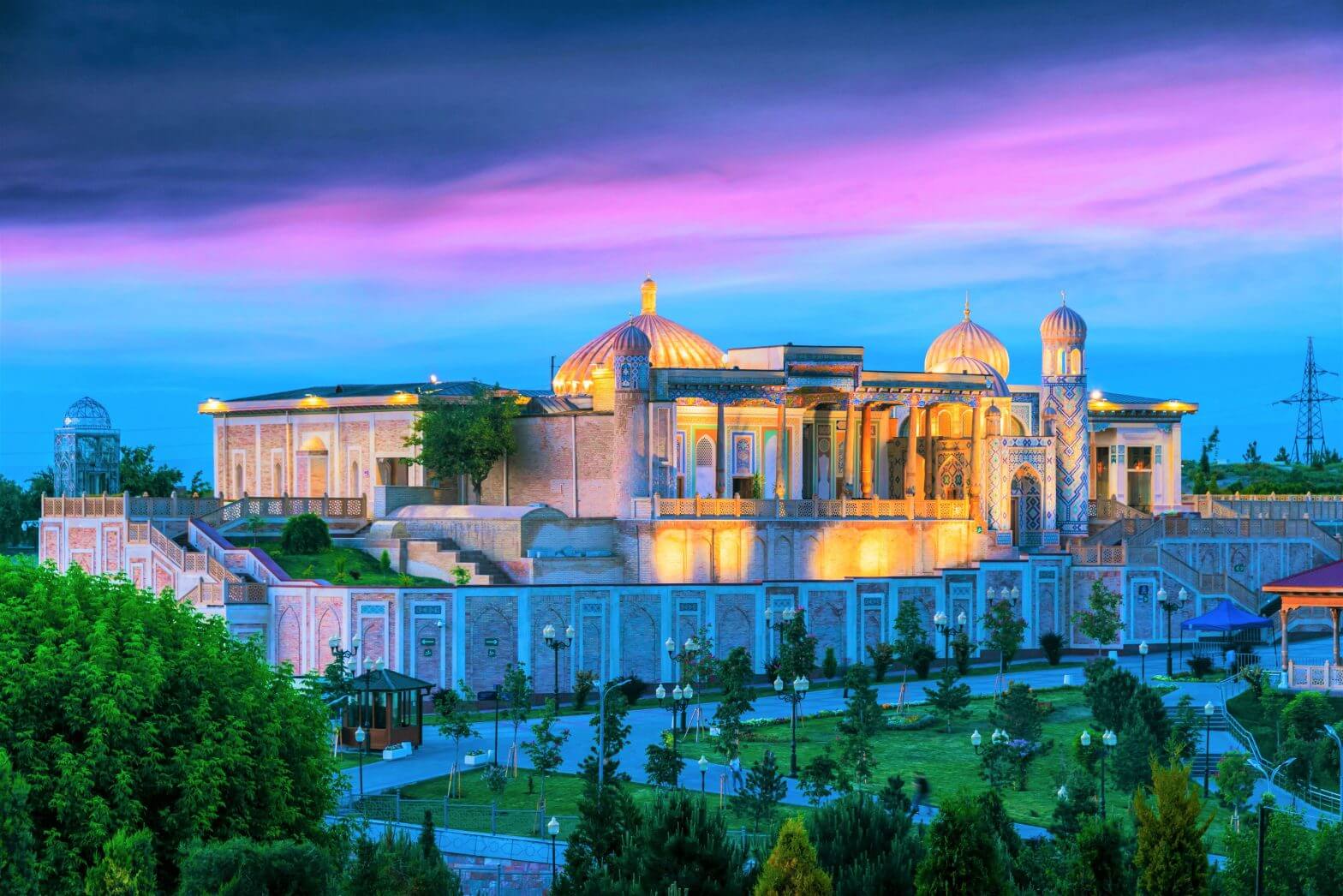
We’ve named Uzbekistan Best Emerging Destination in our Experts’ Choice destination awards.
A crossroads of civilizations for thousands of years, Uzbekistan is home to ancient cities of the Silk Road, where cultures clashed and religious, political and scientific ideas developed over thousands of years. A republic of the USSR for most of the twentieth century, Uzbekistan was locked away, but in the last decade, especially since the death of repressive leader Islam Karimov in 2016, it has opened up to travelers and the media, revealing breathtaking architecture, riveting traditions and epic landscapes.
In 2018 Uzbekistan changed entry rules to allow visa-free entry for visitors from 65 countries, prompting travel companies to launch a raft of new trips including small group tours, culinary adventures, trekking, and journeys along the Silk Route by train.
Lonely Planet named it one of the top regions to visit in 2020, and many writers began to enthuse about its secrets — from Sebastian Modak, New York Times 52 Places traveler, to journalist and author Sophy Roberts.
Uzbekistan has opened up to international travel
During the past 12 months, Uzbekistan’s tourism board has been on a drive to promote its cultural heritage. Not that it needs promoting. The famous cities of Bukhara, Samarkand and Khiva, through which the silk routes passed, are enchanting jewels frozen in time. And, there are vast lonely deserts, mountain ranges, fertile valleys, towns and villages which few tourists have ever seen.
Travelers to Uzbekistan can have a huge variety of experiences, from visiting Tashkent, the modern face of the country, with its looming Soviet-style buildings, to exploring the Silk Route cities which have thousands of years of history perfectly preserved within their walls.
The Hyatt Regency Tashkent
Capital city Tashket is an intriguing collision of national institutions and monuments, hulking Brutalist buildings, Islamic mosques and leafy parks and squares. Visit the Muyi Mubarak Library Museum which houses one of the world’s oldest qurans along with thousands of rare books and manuscripts.
The city’s Communist-era metro stations, celebrating Uzbek life and national figures like poet Alisher Navoi and writer Gafur Gulom are filled with mosaic art, marble pillars and even Islamic-style domes, making them an attraction in their own right.
Uzbeks are traders and nowhere is this more evident than in Tashkent’s raucous Chorsu Bazaar which sells everything from horse meat sausages to hand painted plates. When it’s time to eat, the Central Asian Plov Centre cooks up a mountain of Plov — the dish that was said to sustain attacking armies during the time of Alexander the Great — in giant dishes.
Hyatt Regency Tashkent is one of the best accommodation choices and has a restaurant serving Uzbek cuisine and an outdoor terrace. Lonely Planet likes the Sharq, “a well-located upmarket but affordable hotel that has style, security and good service.” Hotel Uzbekistan a classic piece of Soviet modernist architecture recently changed hands and a refurbishment has been hinted at.
Uzbekistan’s Silk Route cities are the most captivating places to visit in the country, and contain some of the best preserved Islamic architecture in the world. In Bukhara, “city of a thousand merchants” the 46-meter-high Kalon minaret is a masterpiece built out of brick and covered in Kufic calligraphy.
In Samarkan, the Registan has dazzlingly beautiful Islamic tiling. The Gur-e-Amir tomb of ruthless conqueror of Persia Amir Timur has a jaw-dropping gold interior. Khiva is a magical walled city teeming with minarets, palaces and domed mosques that create a dusty, wonderfully cinematic cityscape against the hazy setting sun.
Hilltop fort in the Kyzylkum Desert
Away from the tourist trail Uzbekistan’s remote deserts have their own treasures, like Kampyr Tepe, an ancient city founded by Alexander the Great. Traversed by silk road traders through the ages, the Kyzylkum Desert, the “Red Desert” and Aydarkul Lake, which covers an astonishing 1200 square miles, offer opportunities for camel trekking, mountain hikes, birdwatching and staying in yurt camps underneath star-filled skies.
In the western part of the desert are the Khorezm fortresses, more than 50 lonely fortresses dating back to the 7th century BC. They can be reached on trips from Khiva and Burkhara.
Uzbek girls sell local bread in Fergana Valley, Uzbekistan.
Community and eco-based tourism in Uzbekistan is still evolving. One way to really understand the culture is to spend the night in a homestay in a rural village and participate in local life. You can learn about traditional crafts like silk carpet weaving and ceramics, Uzbek music, traditional medicine, horse breeding and farming. With some villages literally in the middle of nowhere, there’s the real possibility of getting completely off the beaten track and discovering somewhere untouched by tourism.
Charvak Lake, Tashkent Region, Uzbekistan
For adventurous travelers, remote Uzbekistan is a wild landscape of mountains, kilometers-long canyons, and caves which present magnificent hiking opportunities. Rafting on the fast flowing Chatkal River is another great experience for thrill-seekers.
Amirsoy, a new ski resort in the Tian Shan mountains, is the brainchild of Uzbek entrepreneur Rashvan Abdullaevr who plans to turn it into a world-class winter sports destination. The Telegraph newspaper gave it a glowing review in February, commenting that “it should be all eyes east for the new ski frontier once international travel is back on the cards.”
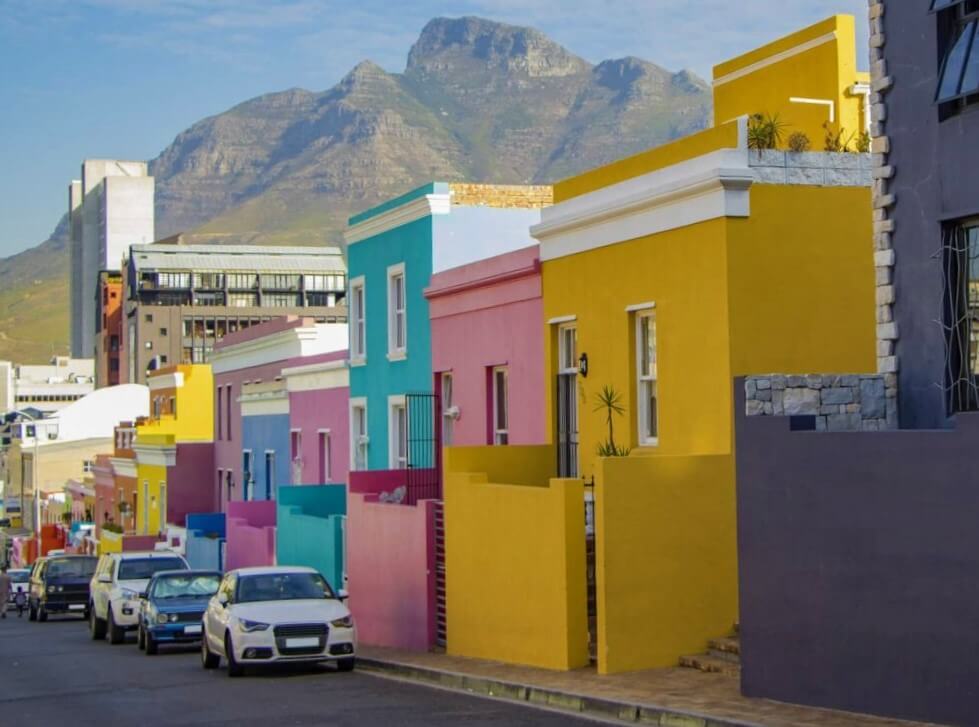
With eleven official languages, South Africa is a melting pot of cultures, and nowhere is this more true than Cape Town. The city is home to the country’s creatives, artisans and nature lovers, and has vibrant drinking, dining and nightlife scenes. And, being sandwiched between mountains and the sea, there’s no shortage of incredible views either.
Day One
Start your day on the Atlantic Seaboard and check into The Twelve Apostles Hotel which has luxurious rooms, an award-winning spa, and sweeping ocean and mountain views.
It’s easy to visit Table Mountain while staying in Cape Town
From here, it’s around seven miles to Table Mountain If the weather is good, take the opportunity to visit one of the world’s most famous mountains. You can hike to the top — but if you’d rather opt for as little exertion as possible, take the cable car, which has the bonus of 360-degree panoramic views. On cloudy or misty days, you won’t get as good a view, so save this experience for when the skies are clear.
Next, visit the Victoria and Alfred Waterfront or the V&A as it’s known locally. With a busy harbor, restaurants, and regular street performers, it’s always buzzing here.
If you’re a sushi fan, swing by Salushi for an early lunch, where you can drop less than $30 on dim sum, sushi, and cocktails. Or, take a short walk past the Cape Wheel to the food market, where you’ll find a wide variety of food and craft stalls. Take a breather at Bascule at the Cape Grace Hotel which has over 500 whiskeys, spectacular views of the mountain, and is rarely crowded.
A short ferry ride from the V&A is Robben Island the prison where Nelson Mandela was famously incarcerated. Set aside four hours for the trip, including getting there and back. You can take a tour of the island and the prison museum and see the former South Africa president’s cell. It’s the kind of experience guaranteed to be etched into your memory for years to come.
Zeitz MOCCA is a new contemporary art museum in Cape Town
Once you’re back, have a look around Zeitz MOCCA Africa’s largest contemporary art museum, which is housed in a transformed grain silo. Back at the hotel, give the Azure restaurant a try. Hotel restaurants can be underwhelming, but Azure has unparalleled ocean views, impeccable service — and the Cape Malay curry is better than most.
Day Two
This morning, check in at Cape Heritage Hotel for a boutique hotel experience that will transport you back in time. Built as a home in the 1700s, each room has its own quirky style, but they’re all supremely comfortable.
Your first stop today has to be Truth Coffee Voted best coffee shop in the world by the Daily Telegraph, this is where to get your caffeine fix before a day of sightseeing. If you’re not a coffee drinker, try some Rooibos tea, a caffeine-free pick-me-up packed with antioxidants. Then, spend an hour exploring St George’s Mall and Greenmarket Square, popping into little boutiques and admiring African arts, crafts, and trinkets.
Your next stop, Bloubergstrand is one of Cape Town’s most iconic and Instagrammable beaches. Walk along the beach, dip your toes in the water but be warned that it’s seriously cold!
Stop for a bite to eat at Ons Huisie, a world-renowned heritage site with great west coast food and a kids’ play area. For a taste of South African food, opt for a potjie, a traditional slow-cooked meat stew, or bobotie, a dish made with curried ground beef and egg.
South Africa’s best wine regions are within easy reach of Cape Town
Another experience you can’t miss on a trip to Cape Town is wine tasting. Either head to Constantia or take a trip out of the city to neighboring Stellenbosch.
Stellenbosch is renowned for producing excellent wines at affordable prices and is considered one of South Africa’s culinary capitals, so you’re guaranteed fantastic food with views of mountains and vineyards. You can’t go wrong with Overture at Hidden Valley or Indochine at Delaire-Graff which have both won multiple awards.
Constantia is one of Cape Town’s wealthiest suburbs and feels like you’ve been transported to Europe, with tree-lined streets winding over the mountains. Buitenverwachting is one of the best options and won’t break the bank. Don’t even bother trying to pronounce it — just go straight in and order the free-range ostrich tataki and triple cooked truffle chips!
Sophie Baker is a freelance travel writer based in Johannesberg, South Africa
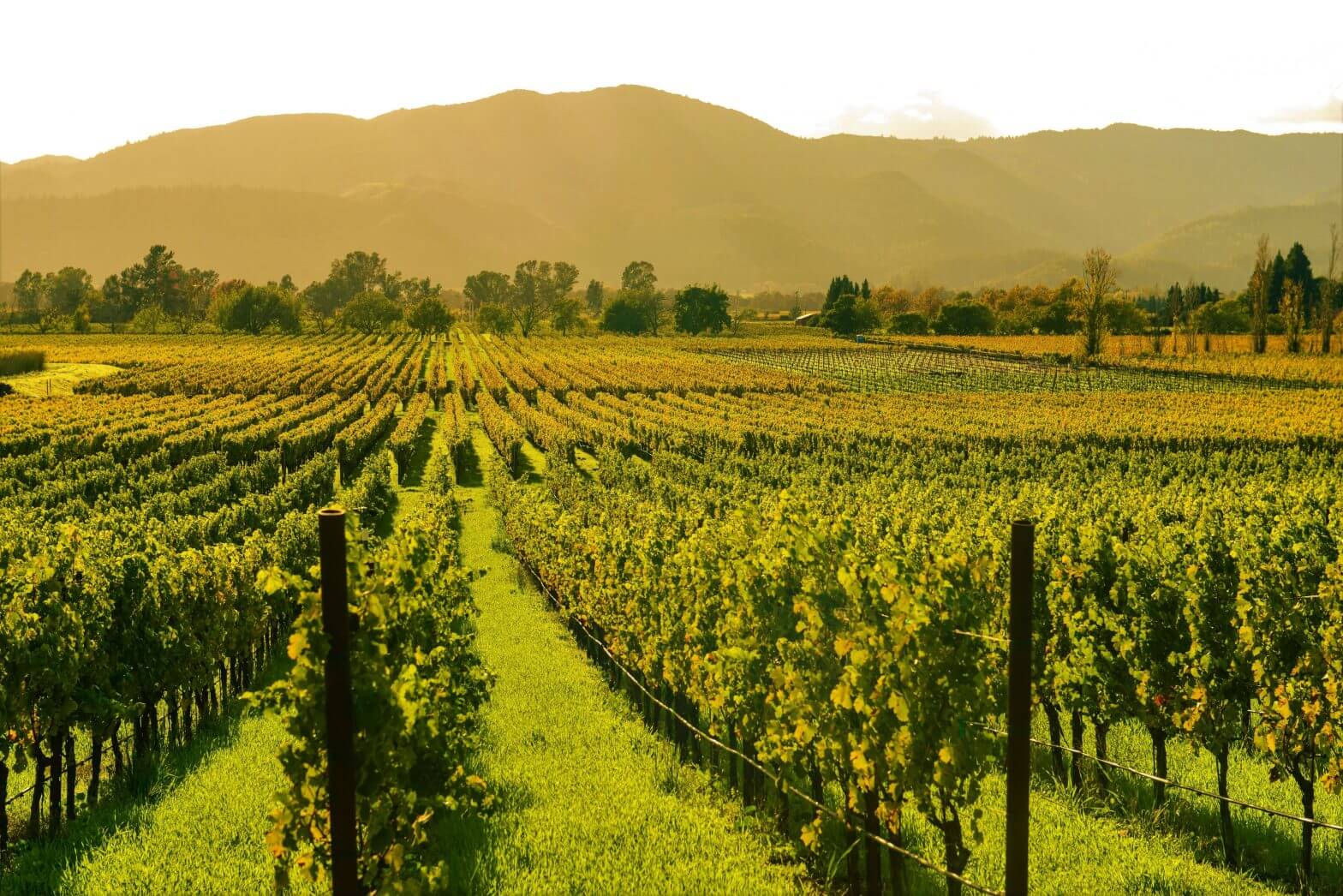
We’ve named Napa and Sonoma Best of the USA in our Experts’ Choice destination awards for the counties’ award-winning vineyards, excellent restaurants and hotels, and focus on sustainability.
Post-pandemic, California Wine Country, with its options for responsible tourism and plentiful outdoor activities is an appealing destination, and has plenty of new hotels, restaurants and tasting rooms if you’re keen to travel after a year of being grounded.
Vineyards, wineries and tasting rooms
Aldina vineyard in Sonoma County
In Sonoma, don’t miss Aperture Cellars from one of my favorite winemakers, Jesse Katz. The winery’s new hospitality space is a perfect setting to taste the exceptional Bordeaux wines Katz is known for. On the coast, Marine Layer Wine has brought their Chardonnays and Pinot Noirs to a new tasting room in downtown Healdsburg. Also in Healdsburg, Bacchus Landing is opening a collection of wineries under one roof with a tasting room for each and outdoor space where you can picnic and enjoy the wines.
Several new tasting rooms have opened in Napa. The Faust Haus at Faust Wines in St Helena is a renovated Victorian home with original pre-prohibition cellar and outdoor terrace where you can enjoy the estate Cabernet Sauvignon. Be Bubbly is Napa’s first dedicated Champagne and sparkling wine bar.
In July, Baldacci Family Vineyards will open their hospitality center with private tasting rooms, wine bar and large outdoor patio where you can enjoy boutique wines from their Stags Leap District vineyards.
More than 70 percent of the Napa Valley Vintners’ members, including popular vineyards like St Supéry in Rutherford and Schramsberg Vineyards in Calistoga are certified with the Napa Green program, one of the most rigorous sustainability programs in the industry.
One of the most eagerly anticipated hotel openings of the year is the Four Seasons Resort Napa Valley. The hotel will have a 7.4-acre organic vineyard led by world-class winemaker Thomas Rivers Brown, and a spa inspired by Calistoga’s hot spring wellness history.
The just-opened Montage in Healdsburg is taking Sonoma by storm. There are 130 bungalow-style rooms with a contemporary, wine country aesthetic. Moments away is Aperture Cellars winery. Also new is The George in downtown Napa with nine modern, luxurious rooms, housed in a gorgeous 19th-century Victorian mansion.
Solage by Auberge Resorts has unveiled a $30 million renovation, adding 11 new suites. In summer, the brand will open a 135-room luxury hotel and spa at Stanly Ranch featuring a winery, 70 vineyard homes and 40 villas.
Hazel Hill at the Montage
In 2020, PRESS in St Helena, which boasts the world’s largest Napa-only wine list at 1200 bottles, hired superstar chef Philip Tessier to update the restaurant. Tessier has worked at three of the best restaurants in the world; The French Laundry, Per Se and Le Bernardin.
TRUSS Restaurant & Bar opens this spring at the new Four Seasons Napa, led by Michelin-starred chef Erik Anderson. Foodies can expect California cuisine expertly paired with wines from the resort’s winery.
The newly opened Hazel Hill at the Montage in Sonoma offers a locally sourced menu with French flair that can be enjoyed in the main dining room, or al fresco overlooking the resort’s vineyards.
In January, Top Chef finalist Casey Thompson opened Folktable. On the menu are dishes like black truffle chicken hand pies and chicken fat butter rice made with Dungeness crab and trout roe.
Dry Creek Kitchen has a new menu created by newly appointed chef Michael Lewis with a focus on ingredients from local producers.
With an abundance of natural landscapes to explore on foot or by bike, and a culture of promoting health, Napa and Sonoma are ideal destinations for a wellness break.
For wine, food and nature lovers, there’s no better destination for 2021 than Napa and Sonoma.
Dena Roché is a freelance travel writer and owner of private wine services business, www.vinroche.com
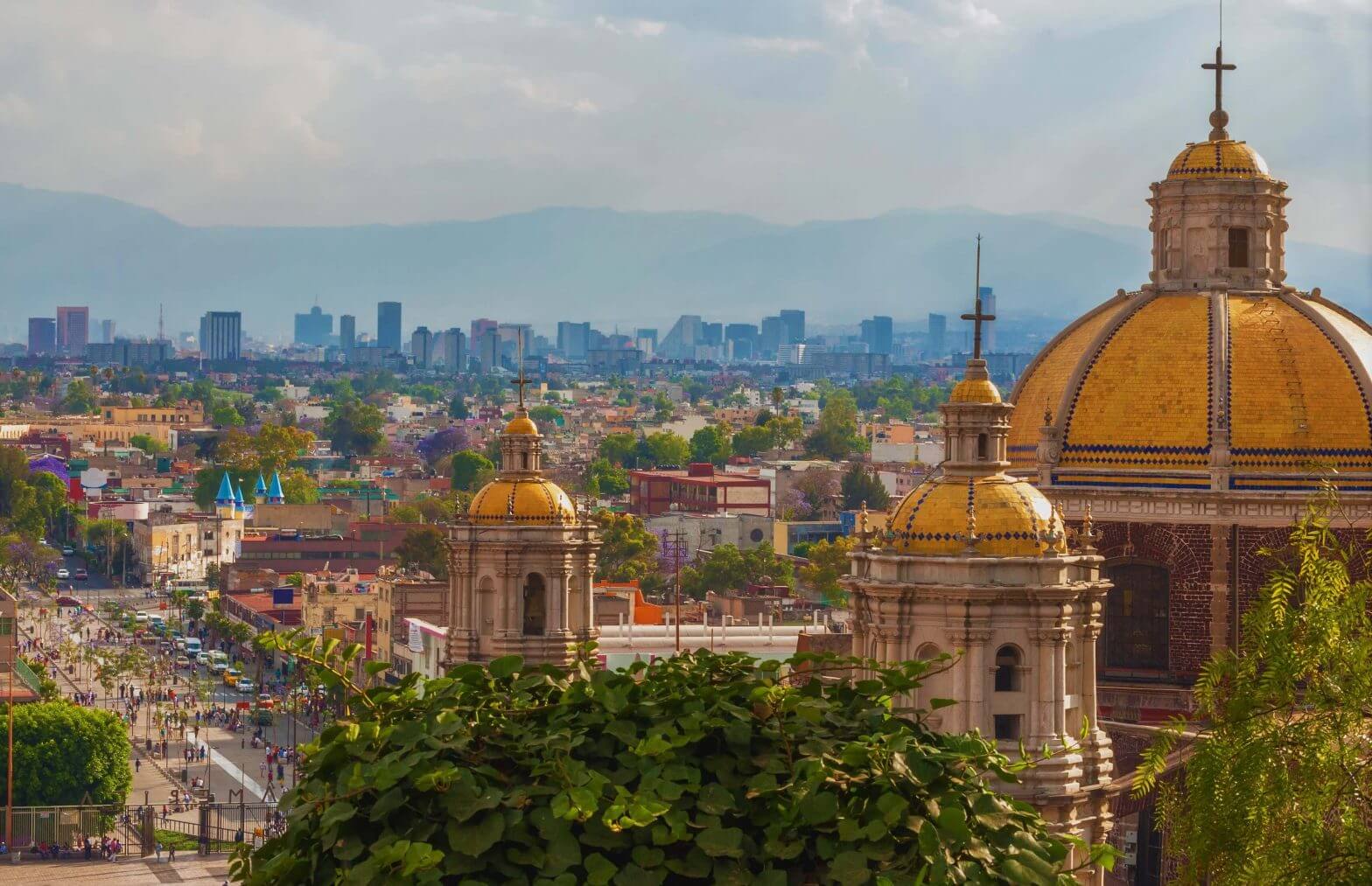
Tripexpert’s Experts’ Choice Awards are given to the best of the best hotels, restaurants and attractions in 126 countries, and are based on professional travel reviews. We also give awards to the destinations we think should be top of your travel bucket lists. This year, our award for Best Budget Destination goes to Mexico.
Travelers to Mexico are now seeing better deals than ever before. Whether you want to explore on a shoestring, or are looking for a luxury experience for less, Mexico should be your go-to budget destination this year. Here are three options to consider.
Playa del Carmen, Riviera Maya
First-time visitors to Mexico might be inclined to book a trip to Cancún, the glittery Caribbean city known for its white sand beaches and nightlife. Cancún offers endless options of places to stay, both in the Hotel Zone and beyond, but neighboring Playa del Carmen is a more budget-friendly alternative. Hostels and guest houses are nestled between restaurants, shops and bars lining Playa’s iconic Quinta Avenida, with five-star resorts dotted along the coastline.
The Grand Hyatt Playa del Carmen Resort
Centrally located restaurants like Quinta de Piedra provide you with huge portions of food at reasonable prices. If you’re going to hit the beach, a way to save money is to take a cooler full of drinks, and buy snacks from nearby convenience stores.
Spending the day at a cenote is a must, and cheap to do on your own. Group excursions can cost anywhere from $20 to $60 per person, but the cenote entry fees only tend to be around a few dollars. If you’re in a group, hailing a cab or renting a car for the day, especially when split between a few people, can end up being a lot cheaper than hiring a tour company to transport you.
Mexico City
Mexico’s capital is a fascinating and beautiful place to visit, with daily costs coming in at a fraction of similar metropolises.
The historic city center is a great base as it’s close to many of the best sites and has more reasonably priced accommodation than other neighborhoods. Downtown Beds is an affordable hostel in one of El Centro’s coolest buildings — a 17th-century palace. Boutique sister property Hotel Downtown is just an elevator ride away and has shared amenities including a rooftop pool and terrace. Hostel Mundo Joven Catedral is home to Terraza Catedral, a low-key rooftop bar with incredible views of the city’s famed gothic cathedral.
Palacio de Bellas Artes in Mexico City
The street food in Mexico City is legendary. Hire a tour guide to take you to the markets and best taquerias. The Traditional Markets Street Food Tour employs some of the best guides in the city. For a more traditional meal, visit Nicos Mexico An amazing three-course lunch complete with a handcrafted cocktail costs less than $30.
There are several museums demanding a visit that won’t break the bank. The National Museum of Anthropology costs 70 pesos (around $3.50 USD) to enter and has “one of the finest archaeological collections in the world,” according to Fodor’s. Palacio de Bellas Artes where you can view powerful murals by Mexican artists like Diego Rivera, costs the same — apart from on Sundays, when admission is free.
Los Cabos, Baja California Sur
Cabo has always been a luxury destination. Although many of the resorts along the Los Cabos Corridor (the waterfront area between San José del Cabo and Cabo San Lucas) can cost upwards of several hundred dollars per night, small boutique properties like Los Milagros Hotel now offer rates starting at $70 per night.
There are big discounts and price drops on luxury properties too. Mexico Grand Hotels is currently offering 60% off their resorts, bringing the nightly rate for the gorgeous Marina Fiesta Resort & Spa down to around $100 or less.
Marina Fiesta Resort in Los Cabos
The food in Los Cabos is some of the best you’ll find anywhere in Mexico, so it’s truly worth the cost to eat out as much as you can. Tamarindos and Don Sanchez Restaurant in San José del Cabo dish up fresh tasty meals at the price point of a standard chain restaurant back home.
Also in San José del Cabo is the city’s weekly art walk, a free event hosted every Thursday evening November through June. Street traffic shuts down and the art galleries open their doors, pour wine, and welcome visitors interested in learning about the local art scene.
El Arco on the Baja Peninsula near Los Cabos
No one visits Los Cabos without seeing nature’s masterpiece, El Arco, the iconic rock formation sitting out in the Sea of Cortez. It’s best viewed by boat, which can also be done on a budget; a boat taxi will take you up close for around $10, a fraction of the price many tour companies charge for their sunset sails.
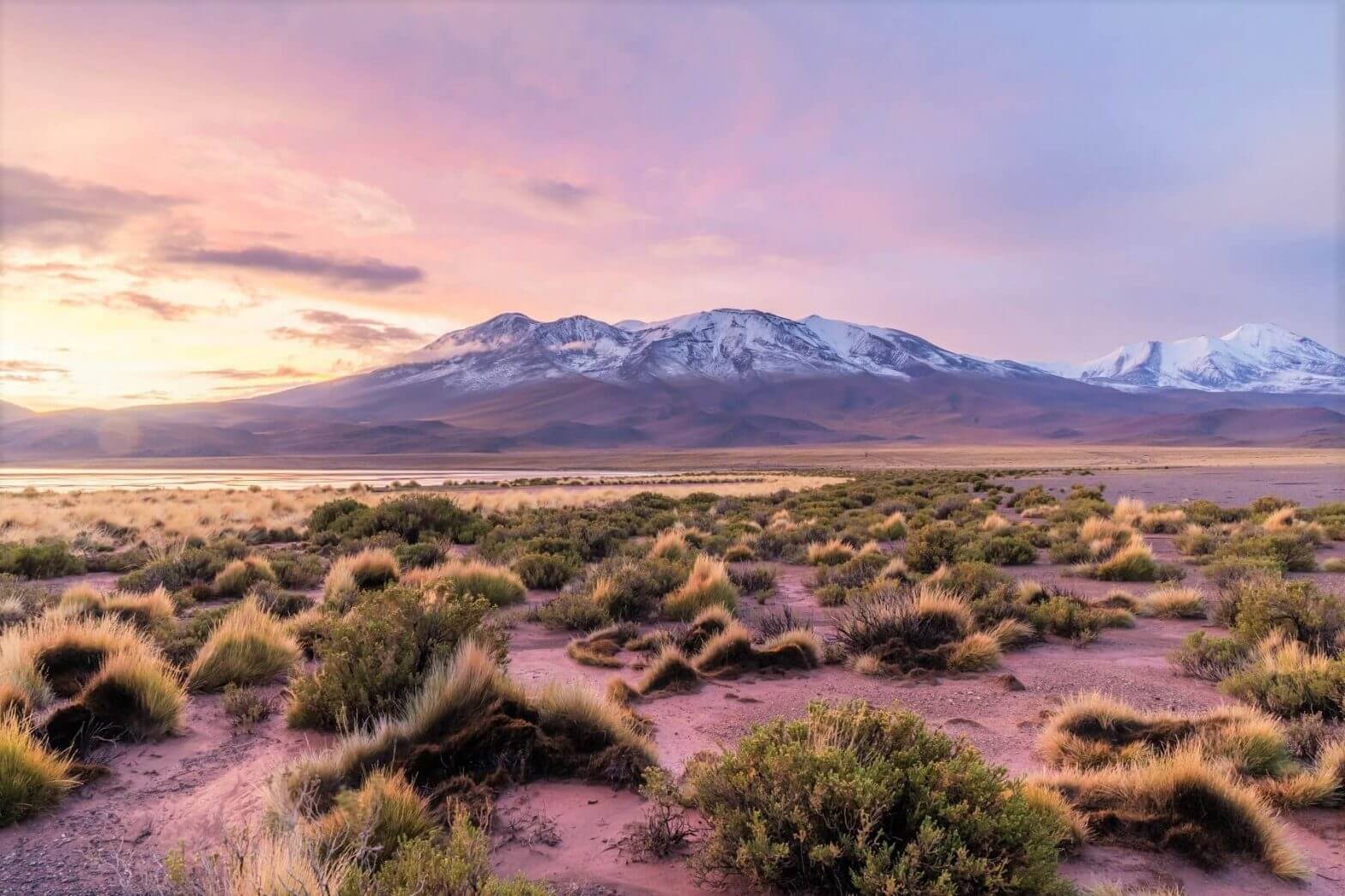
Tripexpert’s Experts’ Choice Awards are given to the best of the best hotels, restaurants and attractions in 126 countries, and are based on professional travel reviews. We also give awards to the destinations we think should be top of your travel bucket lists. This year, our award for Best of Central and South America goes to Bolivia.
Vast salt flats, 6000-meter-high peaks, empty, windswept deserts — Bolivia’s remote landscapes fit perfectly with the post-pandemic travel vibe. But this isn’t the only reason why we’ve chosen this country as one of our top destinations for 2021.
Although Bolivia was a Spanish colony for three centuries, today, the country is alive with the colorful traditions and customs of its indigenous peoples. Its cities are varied and contrasting, from sedate, colonial Sucre, to chaotic, authentic La Paz. And, it has astonishing biodiversity (in Madidi National Park alone, there are 265 mammal species and more than 1000 types of bird), something Bolivians have woken up to, strengthening protections at nature reserves and national parks as well as creating new ones.
Bolivia is made for thrill-seekers and explorers — trekking in distant mountains, exploring Amazonian rainforest and cycling along chillingly high mountain roads are just some of the many adventures you can have. With a culinary scene that stretches all the way from fine dining to street food, great coffee and several beautiful wine regions, Bolivia is also a great destination for fans of food and drink.
Named one of Lonely Planet’s top 10 cities in 2020, La Paz is busy, gritty, and increasingly hip and arty. The most fashionable place to stay is Atix, a design hotel with a cool cocktail bar, but there are plenty of other good options, including the Stannum Boutique Hotel and Spa, which, according to Fodor’s Travel “makes for a flawless stay.” A new design hotel, Altu Quala is opening this summer.
One of the best places to sample Bolivian cuisine, in La Paz, you can try everything from smoked llama on the menu at Gustu to Andean anticuchos on the streets. The 17-mile-long cable car is a great way to see the whole city from above, and the Mercado de Hechicería (witches’ market), full of mysterious products used for charms, talismans and cures, is not to be missed either.
Beyond La Paz, Bolivia has other cities well worth visiting. Founded in the 16th century, Sucre is full of pretty squares, red-roofed colonial buildings, and interesting museums. Cosmopolitan Santa Cruz is Bolivia’s most modern city, and a good base for traveling to the country’s national parks, including little-visited Kaa Iya, home to jaguars, tapirs and pumas.
Kachi Lodge, in the middle of the Salar de Uyuni salt flat
Away from the cities and towns, Bolivia is full of incredible landscapes. 40,000 years old, 4000 square miles in size, the huge salt flat Salar de Uyuni has captivated travelers and tour operators alike in recent years, and now there is a permanent hotel in the middle of it — Kachi Lodge, where you can gaze at the stars from your bed in a luxury heated dome, and take sunrise hikes across the glittering salt pan.
With Blink by Black Tomato, you can have your very own personalised camp set up in a unique location on the salf flat. And on Explora‘s journey across Chile and Bolivia, you can gaze at them from your mountain lodge accomodation.
There are also several salt hotels, where everything from the walls and floors to the beds are made by local people from blocks of salt. Palacio de Sal is the oldest and the best.
While there, you might also want to visit Eduardo Avaroa Andean Fauna National Reserve where you’ll find Laguna Colorada, a lake tinged red with algae and populated by flamingos. Or the bleakly beautiful Siloi Desert with its bubbling geysers and distant volcanoes.
Bolivia has a multitude of experiences in the great outdoors. The 1200-kilometre-long Cordillera Real range, full of soaring peaks, glacial lakes and Andean tribal villages is a top mountain climbing and trekking destination and free from the crowds of trekkers that flock to Peru.
Eduardo Avaroa Andean Fauna National Reserve
North-east of La Paz, the road to Coroico, a stunningly beautiful route that winds its way through forested mountains with vertical 1000-meter drops, is on many a mountain biker’s bucket list. The Coroico River is fantastic for white water rafting and kayaking.
And magical Lake Titicaca, sacred to the Incas and dotted with ruined shrines, temples and traditional Aymara farming communities also has wonderful hiking and kayaking opportunities.
Wildlife lovers have many choices, from Amboro National Park, which is home to more than 900 bird species, to the Valley of the Condors, where you can watch the threatened Andean Condor, one of the largest flying birds in the world.
North-west of La Paz, rainforested Madidi National Park is one of the most biodiverse places on earth, home to jaguars, tapirs, monkeys, and 11% of the world’s bird species. On its fringes, the Pampas (Amazonian wetlands), are inhabited by river dolphins, caimans, iguanas, squirrel monkeys, sloths and capybaras.
Just before the coronavirus pandemic, Bolivia hosted the World Travel Awards and won in several categories. COVID-19 dealt a huge blow to the country’s tourism industry, but with pristine national parks, remote landscapes that stir the imagination, a vibrant indigenous culture and a distinct lack of crowds, we think it won’t be long before tourism is booming in Bolivia again.

Tripexpert is excited to announce the winners of the 2021 Experts’ Choice Awards. This year, the award will be received by 5,000 hotels, restaurants and attractions in 126 countries. These are, quite simply, the best of the best places to stay, eat and visit in 2021, according to professional travel reviewers.
What’s new this year
The emergence of COVID-19 halted travelers in their tracks. Over 18 months, as the world went into lockdown after lockdown, it became clear that travel would have to be reinvented for a post-pandemic world. Throughout, businesses have shown amazing resilience and creative thinking. Michelin-starred restaurants became takeaways. Hotels took the opportunity to renovate or extend. Museums, galleries and other attractions went digital and innovated to engage visitors stuck at home.
Because of the pandemic, we decided against awarding Experts’ Choice in 2020. Instead, we used the time to overhaul the site, which is now faster and easier to use. We also improved our coverage of remote destinations that have been especially popular with travelers in the last year, such as national parks and nature reserves.
About this year’s winners
Many of our Experts’ Choice winners are notable for how they responded to the pandemic. In the restaurant category, the three Michelin-starred 11 Madison Park in New York was not above designing meal kits so diners could recreate their gourmet experience in their own homes. The Crane Resort in Barbados, another Experts’ Choice winner, is allowing guests who test positive for coronavirus to self isolate at the resort for free, rather than paying for a government hotel.
Other winners include the New Acropolis Museum in Athens, an outstanding museum which recently made its entire permanent collection of 2000-plus artefacts available online, and Astrid & Gaston, a pioneering restaurant which helped put Lima on the tourism map.
The New Acropolis Museum in Athens
Despite the hardships involved in opening new businesses in the past 18 months, our list of winners includes an impressive 849 places that have not previously received the award.
As in previous years, Europe and the Americas performed very strongly; this year, it’s a virtual tie between the two continents in terms of total number of winners (about 1,900 each). They are followed by Asia (about 900 winners) and Africa and Oceania (about 250 winners each).
Selection criteria
Tripexpert is unique in relying exclusively on professional reviews in determining our award winners. Every place we cover has a Tripexpert Score — the result of aggregating reviews from travel guides, magazines, newspapers and blogs. Our sources include publications like Travel + Leisure, Frommer’s, and The New York Times.
Experts’ Choice is awarded to the highest rated places in each destination. In general, no more than 2% of businesses receive the award, making it a distinctive honor.
Next steps
If you’re a winner, we’ll send you an email. You can use our collection of Experts’ Choice badges on your website to show that you are top-rated by experts. Additional resources are available on our Experts’ Choice page, and we’re happy to help you with media outreach — please contact Chris Blume with any queries you may have.
If you’re a traveler, keep an eye out for Experts’ Choice badges on the pages of winning venues on Tripexpert.com and around the internet when you’re planning your next trip. You can also look for winners on our Experts’ Choice page.
Just another WordPress site
